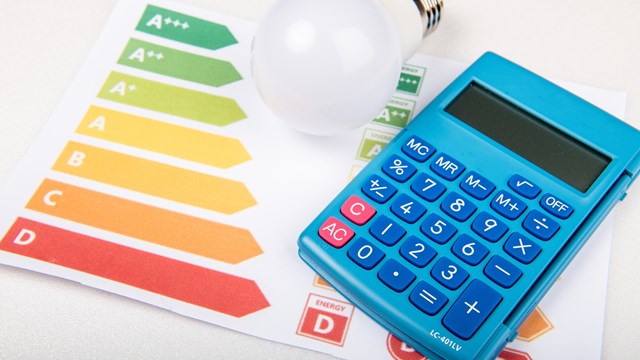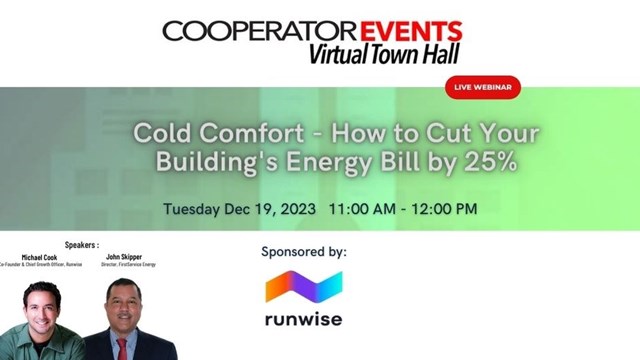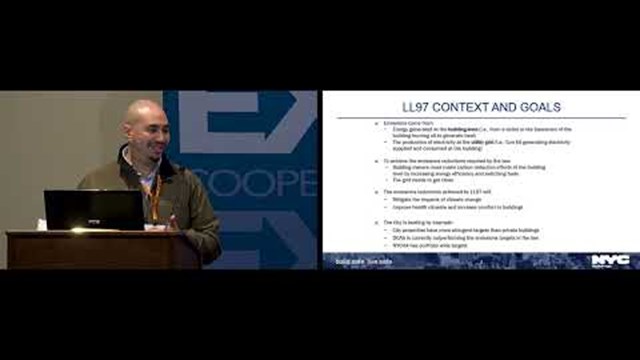Though it has been in effect in New York City since 2009, questions about the City’s benchmarking law have re-entered the public conversation since the law was revised last year to include an additional 10,000 mid-size buildings. If you are a property owner or property manager and you haven’t been in on the conversation, you’re probably wondering what benchmarking is, and how the benchmarking law affects you.
Benchmarking pertains to the measurement and reporting of energy and water use in New York City buildings. Specifically, for those property owners that are required to comply, an annual report of energy and water use must be submitted to the City every year. The statute, previously known as Local Law 84 of 2009, has been expanded under Local Law 133 of 2016 and is now simply called the Benchmarking Law. Compliance is enforced by the Department of Buildings (DOB), and property owners who fail to comply are subject to violations and fines of up to $2,000 per year.
History and Context
Seven years ago, the City of New York set a goal of reducing greenhouse gas (GHG) emissions by 80 percent by 2050. Because buildings are responsible for about 70 percent of GHG emissions, the City subsequently initiated the Greener Greater Buildings Plan, a suite of laws that requires energy tracking and implementation of certain energy saving measures. Included in the plan was Local Law 84 of 2009, which requires owners of New York City properties with a single large building or a property with multiple buildings totaling more than 100,000 square feet to submit an annual report of energy usage. Approximately 15,000 private and City properties have been on the benchmarking Covered Buildings List every year since the law was enacted. While these properties account for fewer than two percent of properties citywide, they comprise 47 percent of New York City’s total floor area.
Citywide benchmarking data can be valuable to many—including property owners, policy analysts, and conscientious residents. Every year the City releases a public disclosure list of benchmarking data, which allows stakeholders to quantify and compare data against similar buildings in the City. Detailed data is used by analysts to track progress towards the GHG goals, and to help identify where energy reduction is needed most. Studies have shown a positive correlation between benchmarked properties and energy use reduction over time. According to the New York City’s 2016 Benchmarking report, a group of 3,000 properties that consistently benchmarked over a three-year period (2010 – 2013) dropped emissions by 8 percent, and decreased energy use by 6 percent. The NYC law has served as a model for other major cities, including Seattle, Philadelphia, Washington, D.C., and Chicago, which have enacted similar benchmarking ordinances.
Compliance
Every February, the Department of Finance publishes a Covered Building List that shows what properties must be benchmarked, and whether or not water data must be included. Owners of properties that are on the Covered Buildings List must record their data—including building characteristics and uses – using Energy Star Portfolio Manager (ESPM) software.
Beginning in 2018, Con Edison and National Grid will automatically upload data into Portfolio Manager, so most building owners and managers will no longer have to enter energy use data manually. Once the data gets uploaded, a report must be generated and sent to the City for verification and analysis. The deadline for submission is May 1st. Failure to benchmark on time could result in violations and fines up to $2,000 a year.
The New Benchmarking Law
Last year, Mayor de Blasio signed a revised benchmarking law that now requires mid-size buildings larger than 25,000 square feet to benchmark. Under the new law, an additional 10,000 mid-size buildings between 25,000 square feet and 50,000 square feet will be required to comply, starting in 2018.
To simplify the submission process for mid-size owners and managers, the law includes some new, user-friendly features for 2018: Con Edison and National Grid will automate the upload of energy use data for all buildings required to benchmark; mid-size building owners and managers who need more time can apply for a two-month extension, and the NYC Benchmarking Help Center (BHC) provides call center services as required by law.
The NYC Benchmarking Help Center
In partnership with the City University of New York (CUNY) Building Performance Lab, the City re-launched the full-service BHC in early 2016 to provide assistance to property owners who must comply with the law. The staff efficiently handled close to 1,000 calls and emails in 2016, and won the 2017 Mayor’s Excellence in Customer Service Award.
In addition to answering questions via phone and email, the BHC staff is available to give presentations and conduct training sessions, and will provide tutorial webinars this fall. The BHC’s Jump Start program can help early benchmarkers get the basic setup done now to avoid the hectic deadline season. Although Con Edison and National Grid automated uploads won’t be available until early 2018, the BHC Staff will help you set up an account in Portfolio Manager, collect your property use details, and enter them into ESPM whenever you are ready.
The BHC is ready now to assist anyone that needs help. If your building is larger than 25,000 square feet, you will need to benchmark by May 1st, 2018. Call the NYC Benchmarking Center today to get started and avoid the deadline crunch. For more information, visit www.nyc.gov/benchmarking. For assistance, call 212-566-5584 or write to questions@benchmarkinghelpcenter.org.
Please look for the NYC Benchmarking Help Center booth at the Cooperator Expo NY Event at the Jacob Javits Convention Center on November 2nd.
Alan Grotheer and Jacqueline Espinal are staff members of the NYC Benchmarking Help Center.










2 Comments
Leave a Comment